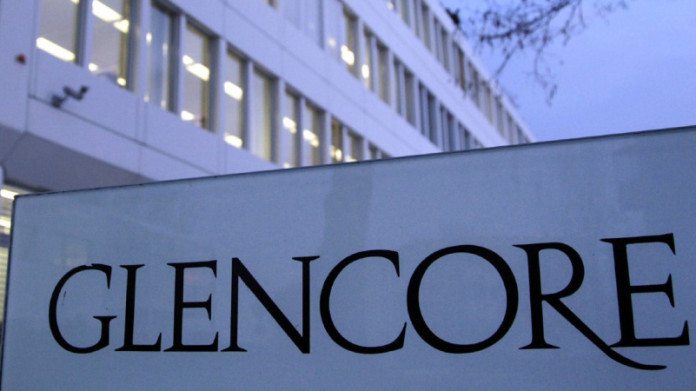
GLENCORE has targeted non-core asset sales of $1bn, the proceeds of which it would plough into a fresh round of buy-backs of $2bn (totalling $3bn) as well as a $2.8bn in total dividends for its 2019 financial year.
In addition, it may deploy another $2bn in free cash flow to either debt repayment or share buy-backs depending on the spot price performance of the metals it mines and markets. Its current net debt stands at $14.7bn within its targeted range of $10bn to $16bn.
At a dividend yield of about 11%, Glencore ranked fourth in terms of the highest yield of companies indexed in the FTSE100. “This is a very compelling company in terms of its free cash flow,” said Glasenberg.
Commenting in the presentation of the group’s results today, Steve Kalmin, CFO of Glencore, said the balance sheet was running at a ratio of 0.93x net debt to adjusted earnings before interest, depreciation and amortisation (EBITDA).
The company has an upper threshold of 2x to EBITDA, but realistically it was working on a 1x ratio or $13bn net debt in the event “… the world falls out of bed,” he said.
“Our commodity portfolio and its key role in enabling the energy and mobility transition for a low-carbon economy enables us to look ahead with confidence and to remain focused on creating sustainable long-term value for all our shareholders,” said Ivan Glasenberg, CEO of Glencore in notes to the firm’s 2018 financial year results published today.
The company announced adjusted EBITDA of $15.8bn, an 8% improvement year-on-year. It was record EBITDA. However, basic share earnings fell 41% to 24 US cents/share.
The decline in attributable earnings to shareholders was owing to a series of impairments at the African operations. There was an $803m impairment at Mopani, its base metals producer in Zambia, and a further $600m write-down at Mutanda in the Democratic Republic of Congo (DRC). The marketing division also suffered a few headwinds owing to contracting of alumina and cobalt, including Chinese non-performance.
Commenting on the numbers, Morgan Stanley said it was heartened by the decision to channel most of the group’s free cash flow to shareholder payouts of one form or another.
“In contrast to the period since IPO in 2011, the group is applying that free cash flow to pay dividend and execute a buy back of its own shares with about a 25% internal rate of return on our base case. This is a fundamental change from the past few years when Glencore tended to reinvest in assets with very mixed success, in our view,” it said today.
Glasenberg said the outlook for the markets in which it trades remained promising; in fact there would have to be negative growth in demand for both nickel and zinc before a draw-down on inventories occurred. Inventory days for copper were at 13 days and only eight days for zinc, he said.
“We don’t see net net supply coming on for copper,” he said. “With what [new material] comes on an only grow demand 0.8%,” he said. “Demand is relatively good and supply is tightening which evolves into a draw-down in inventories which are at record lows.”











